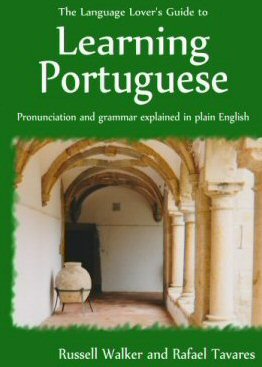Up until recently, there were only 23 letters in the Portuguese alphabet (not including diacritics). The other 3 letters of the English alphabet were viewed as ‘foreign’ in Portuguese, but they were still used for certain ‘imported’ words such as ‘whiskey’ (they sometimes spell this more phonetically using their own alphabet: ‘uísque’). Since the 1990 orthographic agreement between Brazil and Portugal went into effect though (which was in January 2009), the ‘w’, ‘k’, and ‘y’ are now officially included.
The Portuguese Alphabet (O Alfabeto Português)
|
A |
(ah) |
|
B |
(beh) |
|
C |
(seh) |
|
D |
(deh) |
|
E |
(eh) |
|
F |
(eff) |
|
G |
(ge[ay] – hard g as in ‘gold’; sometimes zhe[ay]) |
|
H |
(agah) – hard g as in ‘gold’; |
|
I |
(ee) |
|
J |
(zhota) |
|
L |
(el) |
|
M |
(em) |
|
N |
(en) |
|
O |
(oh) – as in ‘soft’ |
|
P |
(peh) |
|
Q |
(keh) |
|
R |
(err) |
|
S |
(ess) |
|
T |
(teh) |
|
U |
(oo) |
|
V |
(veh) |
|
X |
(sheesh) – ‘shees’ in Brazil (hence some fast-food places refer to a ‘x-burger’!) |
|
Z |
(zeh) |
Foreign Letters (Letras Estrangeiras) - now part of the portuguese alphabet after the Portuguese Spelling Agreement.
|
K |
(kappa) – sometimes just ‘ka’ (esp. in Brazil) |
|
W |
(doopluveh or dablyu) |
|
Y |
(ípsilon) – also known as ‘i grego’ (Greek ‘i’) |

